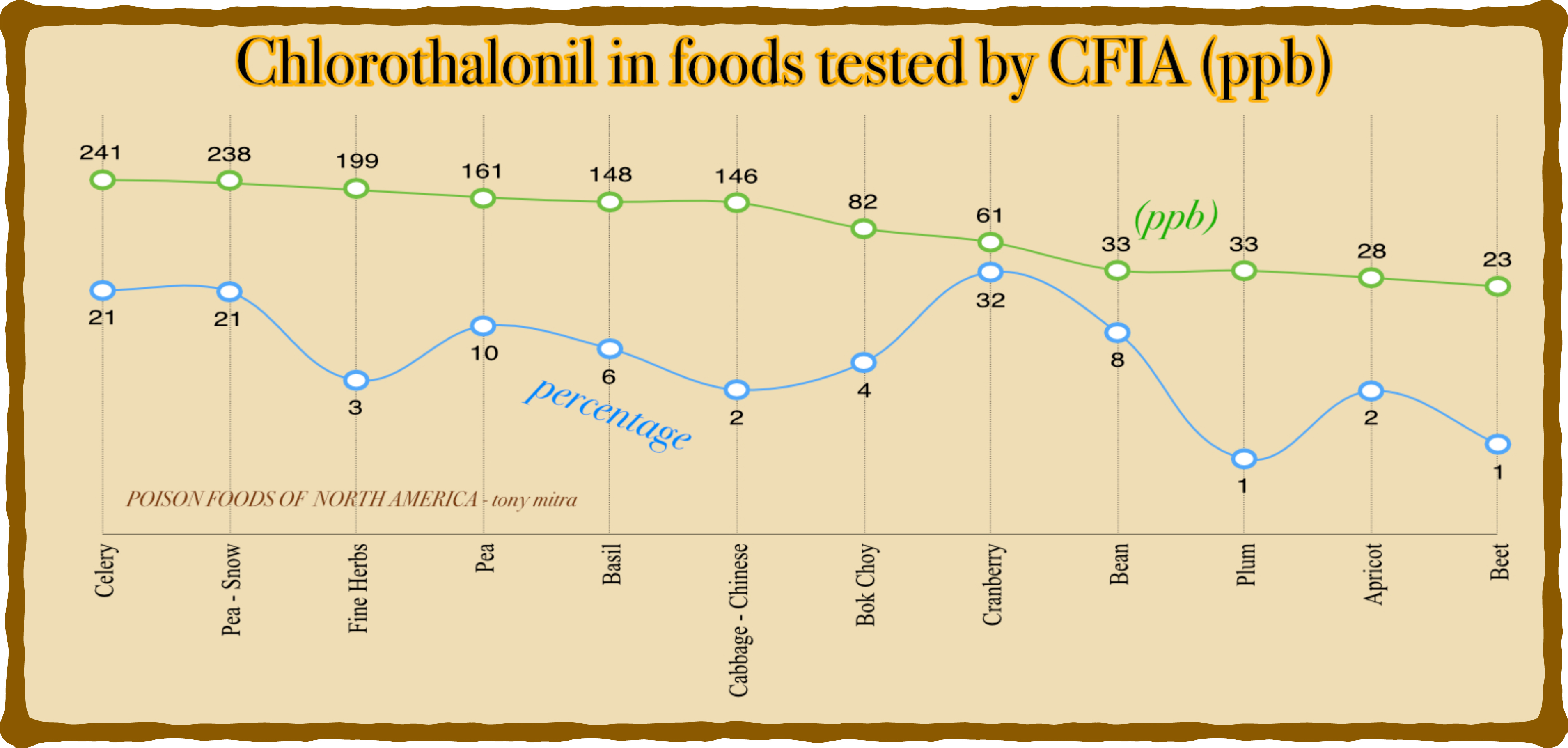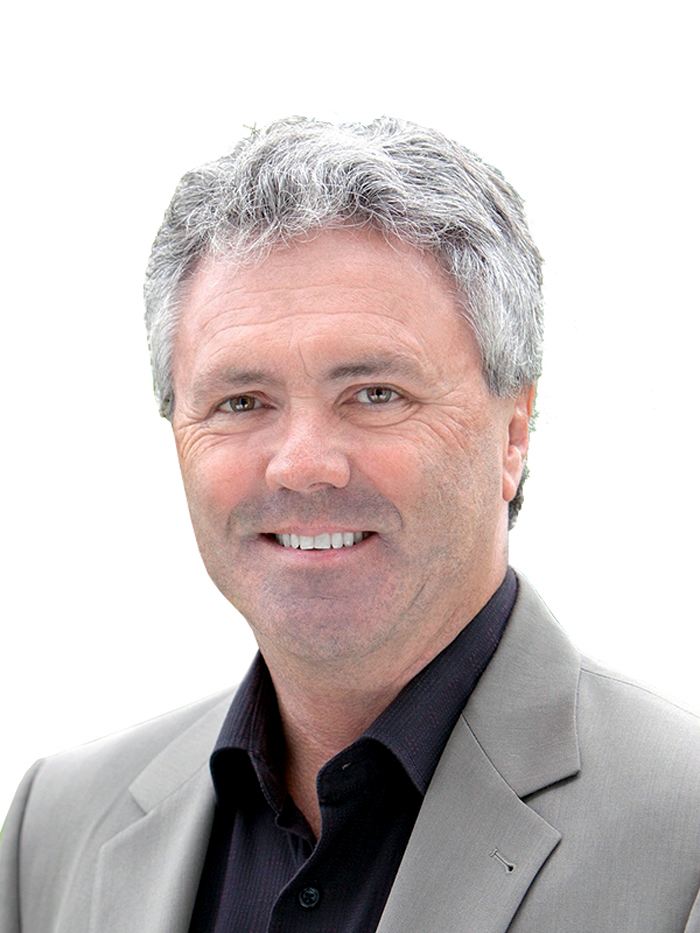Was interviewed the other day by the US based USA Prepares Show (https://www.youtube.com/watch?v=Z8W5SjHRHVI)


Was interviewed the other day by the US based USA Prepares Show (https://www.youtube.com/watch?v=Z8W5SjHRHVI)

Foods tested for glyphosate, and also foods tested for 2,4-D total over 15,000 records. The chart below gives a brief overall readings of some food types that were noted to have both glyphosate as well as 2,4-D though not necessarily from the same sample or the same sample lot. Also, the graph is not region specific and covers a global average.
More specific details will follow.
The readings for glyphosate, in blue have a much higher level of concentration compared to 2,4-D, in green, the chart was drawn on logarithmic scale rather than linear scale, to bring the two curves closer to each other, so a visual comparison and perspective could be drawn. The chart was sorted with the 2,4-D readings in ascending order from left to right i the green curve, with corresponding glyphosate readings plotted in blue for each food type. Those foods that did not have value for both chemicals have been omitted. The chart only shows average concentration of the toxins. It does not show umber of samples for each type, nor the percentage of samples that were dirty or the lower and higher extreme readings in each group.

I am determined to try my best to bring the issue of glyphosate and the Canadian Foods being the most toxic on earth, to the mainstream political discourse. I have not been too successful so far, as politicians in general as well as mainstream media, seems to have developed a case of indigestion when it comes to facing this issue.
Nonetheless, the effort continues, as part of our citizen’s duty, to be vigorously involved in our political process and try to force the candidates to address real concerns of citizens intend of talking on manufactured issues.
I have already written to three candidates of my riding, cover in earlier blogs. These were from the Liberal, NDP and BC Greens party. Two of them, the Liberal and the NDP, did not even bother to respond, which has convinced me never to vote for a candidate that ignores you.
But more than that, I have tried to lead by example so other citizens would follow and try to ask direct questions to the candidates, especially why people of western Canada are subjected to the most toxic foods on earth.
I made a few videos on this already.
The first one is here – a ten minute video about why and how I found Western Canada to be the epicentre of toxic foods.
The next, my explanation on why I wrote the book on glyphosate contamination of foods based on CFIA records, and why I do not go with the mainstream media trying to whitewash the results – an 8 minute video.
Next, a letter to the BC Greens Leader. – a 3 minute video.
And finally, a response from the BC Greens candidate from my riding – another under 3 minute video.
As I was telling someone in email today, I am convinced that our problem is rooted more to the corruption in my political process and less to do with Monsanto or any other entity, and it is our duty, as a citizen, to grab this political beast by the horn and shake it till it starts piddling.
Stay tuned.

Jacqui Miller – Greens Candidate

Scott Hamilton – Liberal incumbent

Ravi Kahlon, NDP Candidate

I self published the book ‘Poison Foods of North America‘ late in March 2017, covering my analysis of near 8,000 records of foods tested by the Canadian Food Inspection Agency, on presence of Glyphosate in food.
Meanwhile, I believe CFIA has come out with a report on its findings.
And now, I am told by friends that lots of folks are making lots of posts on the web here and there, about it, and I am told most of these reports might be projecting a different view and that the CFIA report appears to make my book look bad.
Well, I do not believe CFIA report will be in contradiction of my analysis, since we are both presumably looking at the same data. However, I fully expect our government to project an interpretation of the records so as to project an image that Canadian foods are fine. I expect it to highlight what might appear to look good, and not highlight things that are uncomfortable to talk about for a government.
The reason I wrote the book is completely different. I found alarming facts in the records, starting with
So, this book for those that wish to have a tool to navigate their way through this toxic mine field in our food web. This book is for those that have already made up their mind that glyphosate is a seriously harmful weed killing chemical to be in their food.
This book is not for discussing philosophy of poisons in foods. For those that wish to engage in philosophical discussions, they may find other places to engage in exchanging views.
Philosophy is good. But my book is not about philosophy. The attached seven minute video explains the same in my own voice.
Thanks.
 https://www.amazon.ca/POISON-FOODS-NORTH-AMERICA-navigating-ebook/dp/B06XS4Y6H2/ref=sr_1_1?ie=UTF8&qid=1491597662&sr=8-1&keywords=poison+foods+of+north+america
https://www.amazon.ca/POISON-FOODS-NORTH-AMERICA-navigating-ebook/dp/B06XS4Y6H2/ref=sr_1_1?ie=UTF8&qid=1491597662&sr=8-1&keywords=poison+foods+of+north+america
Excerpts from the book – Poison Foods of North America.
The top five origins whose food samples were the most in number as tested by CFIA are: United States, Unknown, Canada, India and China.
The chart below gives one view of the average glyphosate content in foods from these five origins, calculated as the total glyphosate in all foods divided by the number of food samples that actually contained glyphosate, excluding the clean samples, for each region. This represents the average level of contamination among the contaminated samples. The averages for all samples is the basis by which contamination levels are calculated for the rest of the book. The median line represents sort of the average, but is weighted according to the number of samples. Since number of samples are the highest from the United States, ‘Unknown” and Canada, the median is more influenced by them than by India or China. If there were equal number of samples from all these regions and more so from other countries from the world, the median would have been much lower as an indication of world average. In the chart below, this dotted red line carries a value of 204 as a whole number.

The good the bad and the ugly (median)
Thus, the United States and ‘Unknown’ are seen as sort of average, not an ideal average though. Canada is rated as bad because of having levels of contamination in its food that is 50% worse than even the median. India and China, having much lower levels of contamination, are rated good.
The table/chart below is one way to explain how foods available in Canada that originated in Canada, Unknown, the United States, India and China compare between them, with regard to glyphosate contamination.
The table gives two sets of values for each region. the chart superimposed over the table presents the same two values for each region.
These two values are average level of glyphosate contamination for each region, but calculated in under two different criteria, using two different ratio.
The bottom line, in green represents the values in the second column from left, titled “overall ppb”. This means, all the readings of glyphosate from samples from the region that had any glyphosate, was added, and then divided by the total number of samples, including samples that had no glyphosate.
The upper line, in black, represents the last column from left, where the same total amount of glyphosate was divided by only the number of samples that had any glyphosate.
In other words, the bottom line shows average glyphosate for every sample of the region, irrespective of if they were clean samples or dirty samples, while the top line is the average glyphosate content for only those samples that did have some glyphosate.
These two lines would merge in cases where a region had no clean sample at all, and all the samples contained some glyphosate, or where 100% of the samples were contaminated.
Both of them give varied but statistically significant indication for a consumer, about foods from which countries that are available in Canada, contain how much glyphosate. Foods imported from China ranked fifth number of samples, and proves to be the best food with the least amount of glyphosate in them, in either representation.

This may not be what the people of China are eating, but this is how those varieties that are exported by them to Canada, compare with the rest.
Meanwhile I made a 3 minute video on who the book Poison Foods of North America is for.
A letter sent
To: Mr. Tom Mulcair,

Tom Mulcair, NDP leader

Toxicity in North American foods compared to the rest of the world

Ravi Kahlon – NDP candidate

Canadian rye the most toxic on earth

Scott Hamilton, incumbent MLA, Liberal
I believe glyphosate will go down in history as the worst synthetic chemical this planet has ever faced, as a consequence of its perceived non-toxicity to humans and its massive use in agriculture and on people’s lawns with careless handling due to lack of awareness of its insidious, cumulative toxicity. It is destructive of human health and it is threatening extinction to multiple species, most obviously the bees and the monarch butterflies. I believe it will eventually be proven that glyphosate gets into proteins by mistake in place of glycine, and that this is the key reason for several phenomena going on in the US (and Canada?) that currently are seemingly inexplicable:
Collagen makes up 25% of the body’s protein, and glycine makes up 25% of collagen’s amino acids. Collagen in pigs and cows fed heavy doses of glyphosate in their feed is the main source of gelatin that makes its way into vaccines, gel caps, jello, and various other food products. Collagen is contaminated with glyphosate and as a consequence so are these derivatives. This easily explains why MMR vaccine today causes many more acute adverse reactions than it did in the 1990’s.
This book by Tony Mitra is priceless because it tells you which foods have the highest contamination of glyphosate, so you can change your eating habits to minimize your exposure. Glyphosate needs to be banned immediately across the globe, if we are to preserve a bright future for our children and grandchildren.
“Poison Foods of North America” provides critical information for all healthy, health conscience, infirm and struggling individuals that is necessary to prevent the deterioration in their and their families health as a result of the betrayal of the public trust that was placed in regulatory bodies.
Future historians may well look back upon our time and write, not about how many pounds of pesticides we did or did not apply, but about how willing we are to sacrifice our children and jeopardize future generations based on flawed science and failed promises just to benefit the bottom line of a commercial enterprise.
(Le français suit l’anglais) Thank you for contacting our office. All messages are read and considered. However, due to the high volume of emails received, it may not be possible to respond personally to each one. Please visit our website (http://www.ndp.ca) to learn more about our NDP team (http://www.ndp.ca/team) and latest news (http://www.ndp.ca/news). Thank you again for taking the time to share your ideas, concerns and insights. Your input helps us with our work. All the best, Office of Tom Mulcair, MP (Outremont) Leader, New Democratic Party
A question asked of the election candidates of my riding
Sections of Excerpts from the book – POISON FOODS OF NORTH AMERICA, covering food samples tested from the rest of the world.
There are more than 1,100 records of foods tested for glyphosate by CFIA that originated from countries other than Canada and the United States. For this book, I have grouped them as the “Rest of the world”. There are sixty six countries in this group.
There is a reason why this grouping was done by me. Foods produced in the rest of the world, exceptions aside, are an order of dimension better than similar foods grown in English speaking North America, with respect to slow poisoning from glyphosate.
Before folks get into a knot on my use of the term ‘poison’ with regard to glyphosate, I have clarified my position in the book already, which are, briefly as follows
A truncated master list of the 66 countries with respect to glyphosate in food, as tested by CFIA, is given below. This section only shows the top half, due to size and bandwidth limits. In the book, the full list covers three pages.
The table covers all the rest of the world, outside of English Speaking North America. The portions shown here are the worst group on top, and the ‘caution’ group in the middle. The top countries and their average level of glyphosate contamination are highlighted in read at left and right column. Countries that have a sample number of ten or more, and therefore might provide a better statistics are highlighted in yellow.
IN the worst group, with samples of ten or more, are Turkey, Poland, Greece and Lebanon. These are the real bad apples, followed by a few others with fewer samples.
The middle group, that are not as bad as the worst and not as good as the best, are highlighted yellow. Relevant countries here are Japan, Italy, India, and Korea.

Countries in the good range ( not included in the table above) are many, which is a very healthy sign for the rest of the world. These countries are Bolivia, China, Chile, Mexico, Spain, Peru, South Africa, Ecuador, France, Thailand, Netherlands, Guatemala. The first countries in this list, i.e. Bolivia have glyphosate content closer to 5 and the last country, Guatemala have zero.
Leaving the bad apples of the rest of the world, let us go back to Australia for now. It occupies the highest rung for the nastiest average contamination in the rest of the world, although with only 4 samples. Further, with only 25% of them contaminated, with an average that is so high, it implies that only one out of those four were bad and that one must have had four times the average value. in fact, that one sample was bad enough to turn Australia into a potential nastiest producer of food outside of Canada and USA. So, one might dig into it a bit and figure out what is going on there.

There it is. This Mung Bean is the culprit that places Australia at the top of the nastiest of nasty list of the rest of the world, for producing glyphosate laden food.
But, far as I know, Mung bean, or Moong Dal, is a lentil of India and not particularly common dish for non-Asians. So what is this Mung Bean, and so highly toxic to boost, doing as an Australian produce ?
I do not know the full answer, but can hazard a guess. India is a densely populated country, and is upwardly mobile in the sense that it is finally shedding its abject poverty and malnutrition through two centuries of western colonization that squeezed it to bare bones, and is just now beginning to eat better. In the process its domestic production is unable to cope with rising demand, and with money in its pocket, India is beginning to import some foods from outside.
This has caught the attention of countries with agricultural land to spare and attractive markets to capture.
Enters countries like Canada, USA and Australia. Each of them start growing lentils. While the US grown lentils have relatively lower levels of glyphosate, those from Canada are really high, as per CFIA records. And now it appears that the single sample from Australia is also sky high in unwanted toxicity. One also wonders how this sample ended up in Canada ? Is it being imported from Australia into Canada? Why? Is some store importing it because it is cheaper than local lentils? Who is growing it in Australia and why?
Perhaps someone will figure this one out and educate us. My suspicion is that it is grown for India and for people of the Indian diaspora, who are quite well settled and reasonably affluent in North America, Europe, the Middle East and even Australia, all of whom might be the secondary target markets for these lentils.
Of course, lentils from Australia, and if these are designed to end up slow poisoning people in India or the Indian diaspora living across the world, is neither the main nor the only story for this section on the “rest of the world”. So readers might just read on.